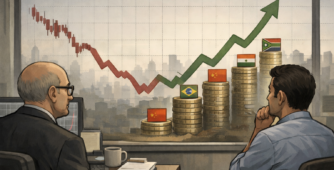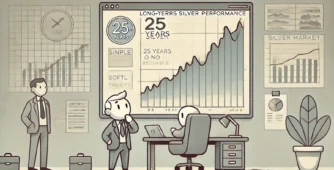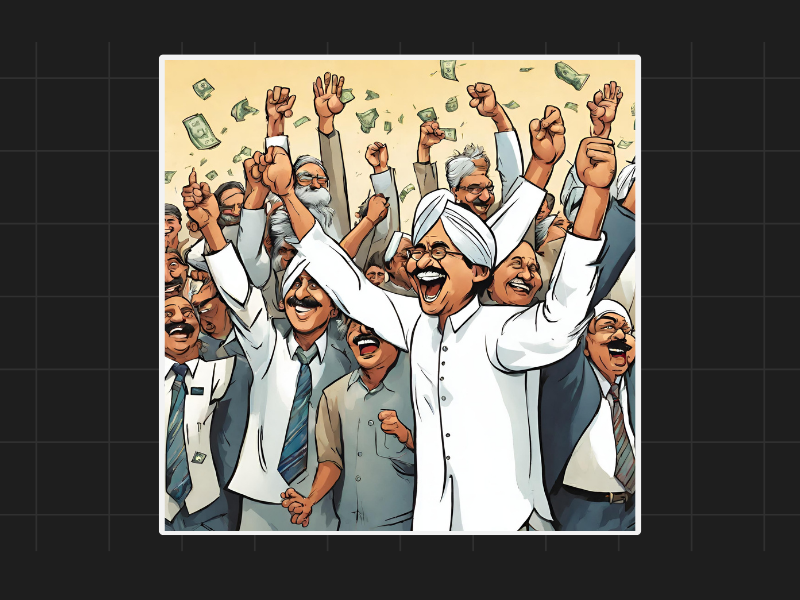
As an investor, it is crucial to understand the various factors that can influence the stock market. One such factor is elections. Elections can have a significant impact on the performance of the stock market. In this article, we will explore the historical performance of the Indian stock market, specifically the Nifty index, around election times.
Historical Performance
To analyse the market performance around election times, let’s take a look at the last three examples: the elections held in 2009, 2014, and 2019.
2009 Elections
In May 2009, the markets had been weak in the prior 12-month period, with the Nifty index falling from around 6000 to 2800. However, a significant rally ensued, starting from pre-elections, three months before the elections, and continuing till about December 2010. This rally resulted in a gain of approximately 100%, taking the Nifty index from 2800 to around 4200. This was a substantial rally that spanned less than two years and reflected a reversal to the mean kind of move. The market hit a 10% upper circuit post the election outcome when the Manmohan Singh government came into power.
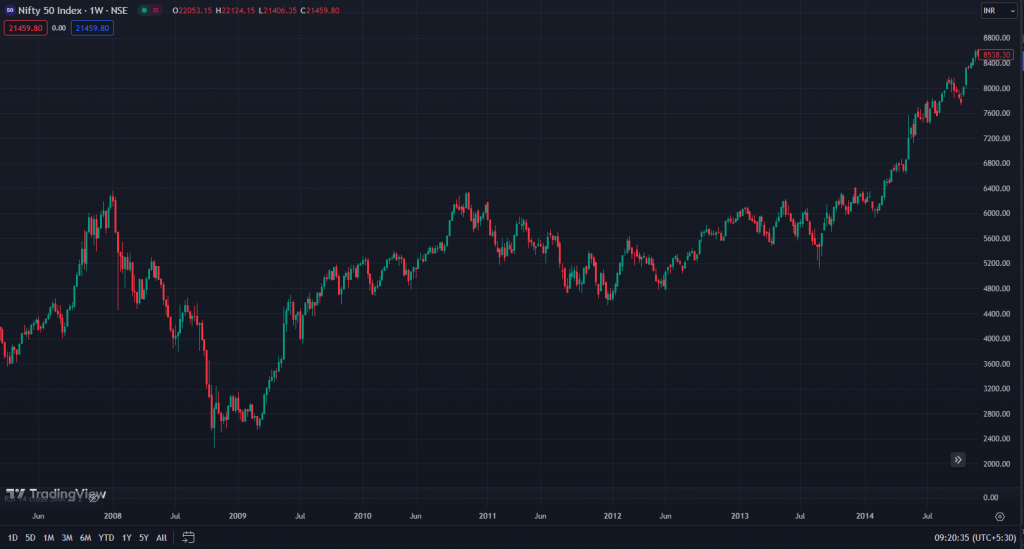
2014 Elections
In 2014, the Nifty index was around 7500 when the Modi government came to power. However, the rally towards this level had started in December 2011 and continued till February 2015, a good eight months post the election results. During this period, the index surged from 5400 to nearly 8800, resulting in a gain of approximately 60% before and after the elections.
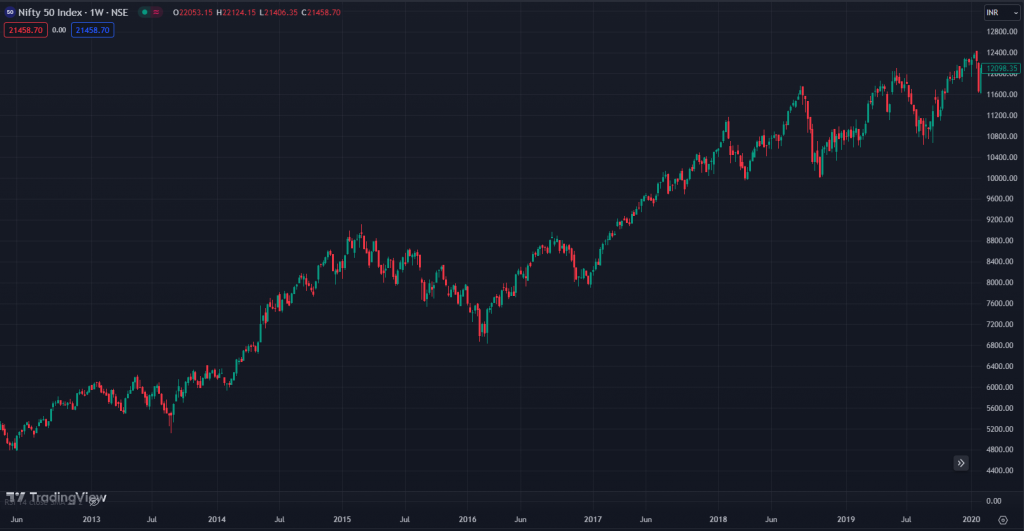
2019 Elections
During the 2019 elections, the market had already been on an upward trajectory since February 2016. However, in the immediate pre-election phase, from October 2018 to December 2019, the market witnessed a rally of around 15%.
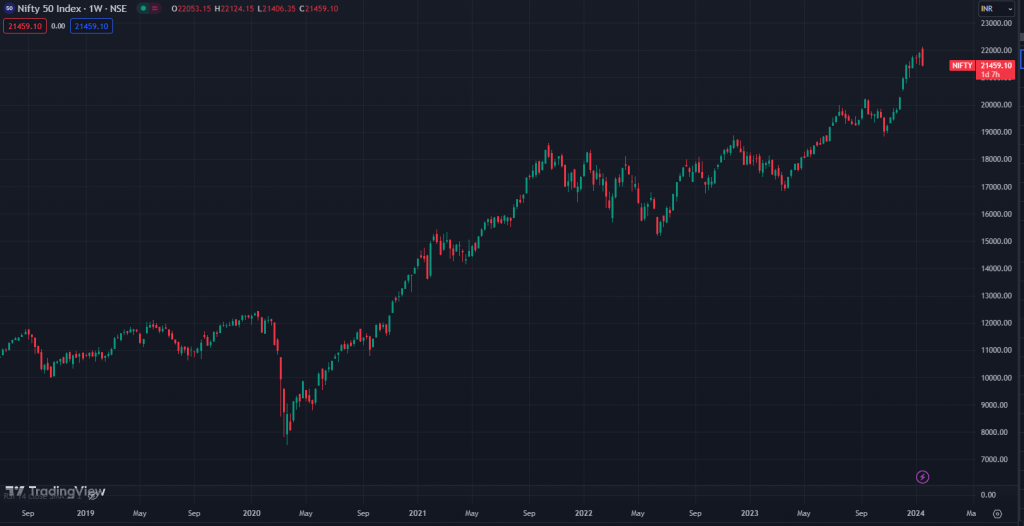
As of January 2024, the market has already experienced a strong rally since October 2023. It has gained approximately 20% to 25% from the consolidation phase that took place between March 2023 and October 2023. This rally has been going on for several months, and we are still many months away from the upcoming elections.
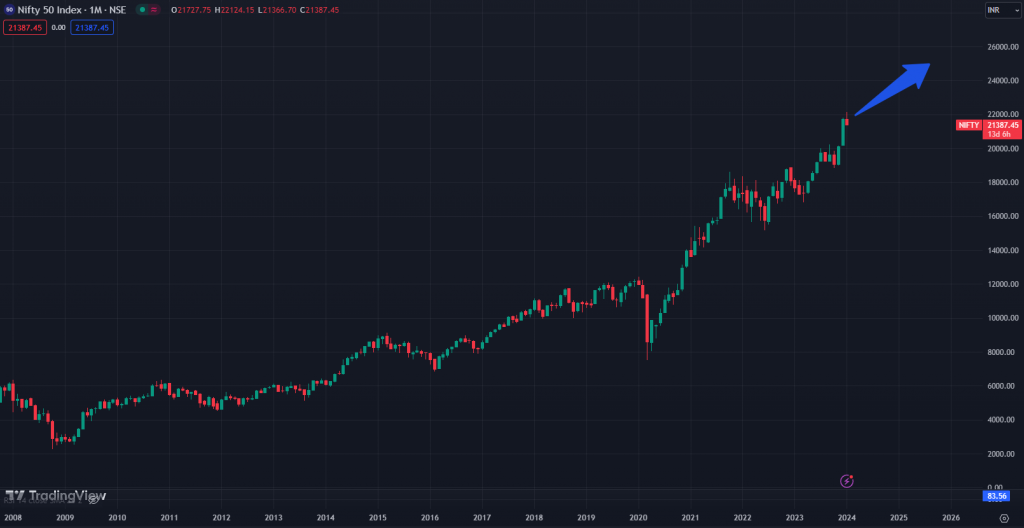
Based on historical trends, the market rallies around election periods have lasted for one to two years, with gains ranging from 50% to 100%. Even if we assume a more conservative scenario with a 30% to 40% gain, there is still potential for further growth. It is possible that the market may continue on this path and stretch towards 24,000 to 25,000 by the time of the election. However, it’s important to note that the election’s outcome and the global situation at that time will ultimately determine the market’s direction post-election.

If you have any questions, please write to support@weekendinvesting.com



